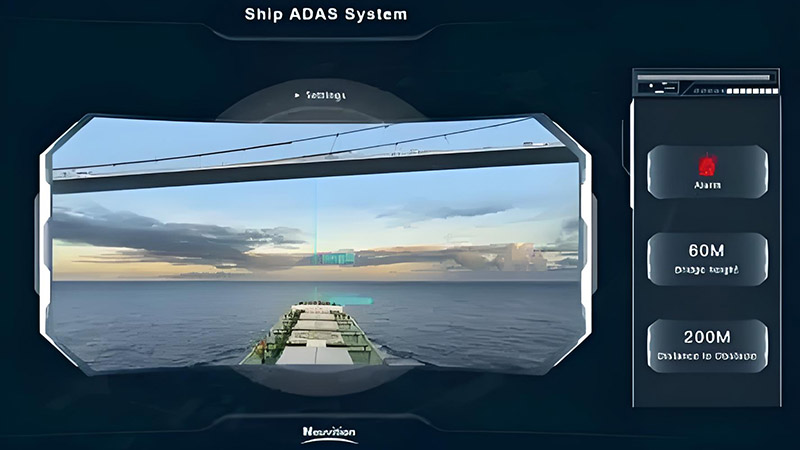Shipborne LiDAR systems generate vast amounts of data, requiring robust processing and storage solutions. Cloud computing offers a scalable and efficient way to handle this data, making it a key asset in maritime operations. Here’s how cloud computing can optimize shipborne LiDAR data analysis:

1. Scalable Data Processing
- On-Demand Resources: Cloud platforms provide scalable computing power, allowing you to increase resources as needed for large datasets.
- Parallel Processing: Split large datasets for simultaneous processing across multiple servers, reducing analysis time.
- Automated Workflows: Automate data processing tasks to speed up workflows and minimize errors.
2. Collaborative Data Analysis
- Shared Workspaces: Teams can access and work on the same data in real-time, fostering collaboration.
- Version Control: Keep track of changes and ensure all team members are using the latest data.
- Integrated Tools: Use cloud-based tools for analysis, visualization, and reporting without switching platforms.
3. Enhanced Data Storage and Management
- Cost-Effective Storage: Pay for only the storage you use, ideal for managing large or temporary datasets.
- Data Redundancy: Cloud storage offers automatic backups, protecting against data loss.
- Long-Term Archiving: Securely archive data for long-term retention and easy access.
4. Real-Time Access and Mobility
- Remote Access: Access data from anywhere, ideal for teams working at sea or in remote areas.
- Mobile Integration: Use mobile devices to access and interact with data on the go.
- Continuous Monitoring: Analyze data streams in real-time for timely decision-making.
5. Security and Compliance
- Data Encryption: Protect sensitive data with advanced encryption methods.
- Regulatory Compliance: Ensure data handling meets industry standards and regulations.
- Access Controls: Manage who can access specific datasets to maintain data security.
Conclusion
Cloud computing enhances shipborne LiDAR data analysis by offering scalable processing, collaborative tools, secure storage, and real-time access. Adopting cloud-based solutions is essential for maximizing the value of LiDAR data in maritime operations.


